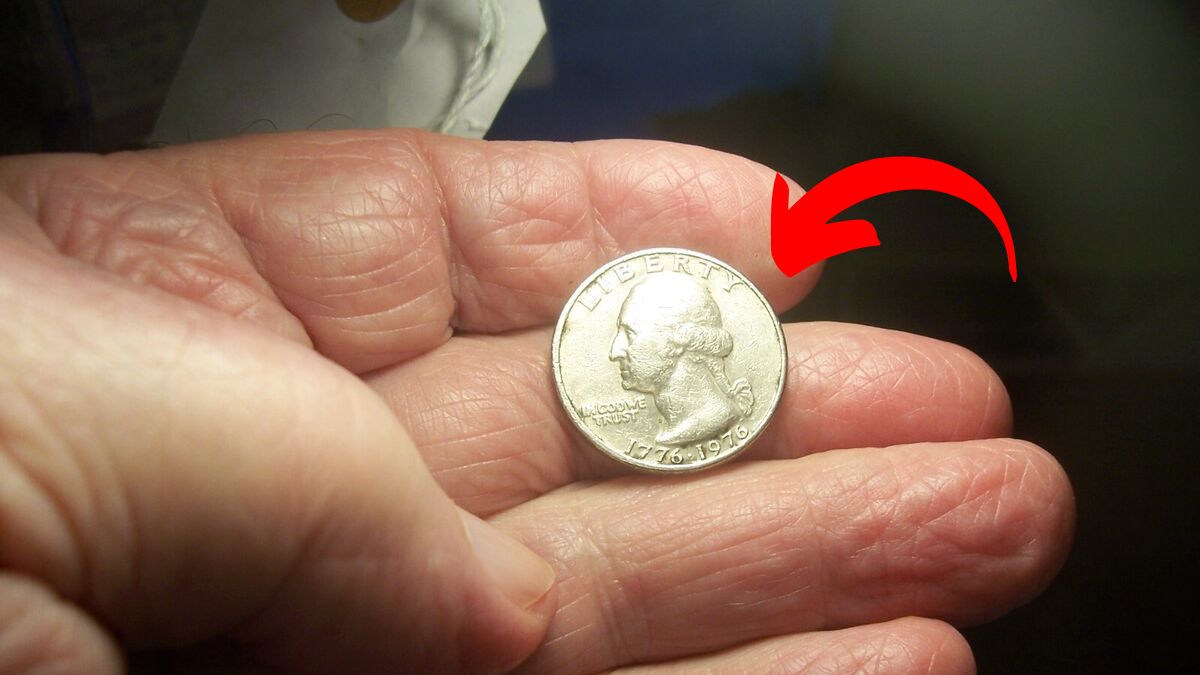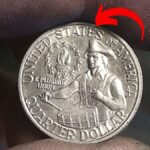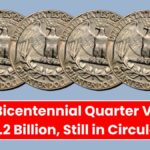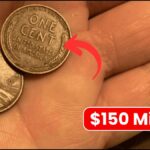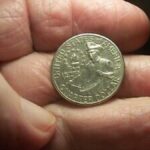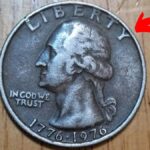The 1976 Bicentennial Quarter, minted to commemorate the United States’ 200th anniversary, is a common coin in circulation. However, certain rare variants have garnered significant attention due to unique features and minting errors, leading to high valuations among collectors.
Understanding the Bicentennial Quarter
The Bicentennial Quarter was introduced in 1976 to celebrate 200 years of American independence. It features a dual date of 1776–1976 and a special reverse design depicting a colonial drummer, crafted by Jack L. Ahr. These quarters were produced in large quantities across three U.S. Mint facilities: Philadelphia (no mint mark), Denver (“D” mint mark), and San Francisco (“S” mint mark).
Factors Contributing to High Valuations
While most Bicentennial Quarters are worth their face value, certain factors can significantly enhance their value:
Minting Errors: Coins with errors such as double die obverse (where design elements appear doubled) or off-center strikes are rare and highly sought after.
Silver Composition: Some quarters were struck in 40% silver, primarily those minted in San Francisco. These silver versions are more valuable than their copper-nickel counterparts.
Condition: Coins in uncirculated or proof condition, especially those graded MS67 or higher, can fetch premium prices.
Unique Planchet Errors: Rare instances where quarters were struck on planchets intended for other coins (e.g., dimes or foreign coins) can lead to unique and valuable errors.
Notable High-Value Bicentennial Quarters
Several Bicentennial Quarters have achieved significant valuations due to their rarity and unique features:
1976-D Double Die Obverse: This error features noticeable doubling on the obverse side. High-grade examples are extremely rare and valuable.
1976-S Silver Proof: Struck in 40% silver, these proof coins were intended for collectors. In pristine condition, they are highly prized.
1976 Bicentennial Quarter Struck on a Dime Planchet: A rare error where the quarter design was struck on a smaller dime-sized planchet, making it a unique collectible.
Identifying Valuable Bicentennial Quarters
To determine if you possess a valuable Bicentennial Quarter:
Check the Mint Mark: Look for “S” (San Francisco), “D” (Denver), or no mark (Philadelphia).
Inspect for Errors: Use a magnifying glass to identify doubling or misalignments in the design.
Assess the Coin’s Condition: Coins without wear and with sharp details are more valuable.
Weigh the Coin: Silver quarters weigh more than their copper-nickel counterparts. A standard silver quarter weighs approximately 5.75 grams.
Seek Professional Appraisal: If you believe you have a rare variant, consider having it evaluated by a professional coin grading service.
Conclusion
While the majority of Bicentennial Quarters are common and hold nominal value, certain rare variants with unique features or errors can be highly valuable to collectors. If you come across a Bicentennial Quarter, it’s worth examining it closely—you might just have a rare treasure in your possession.

